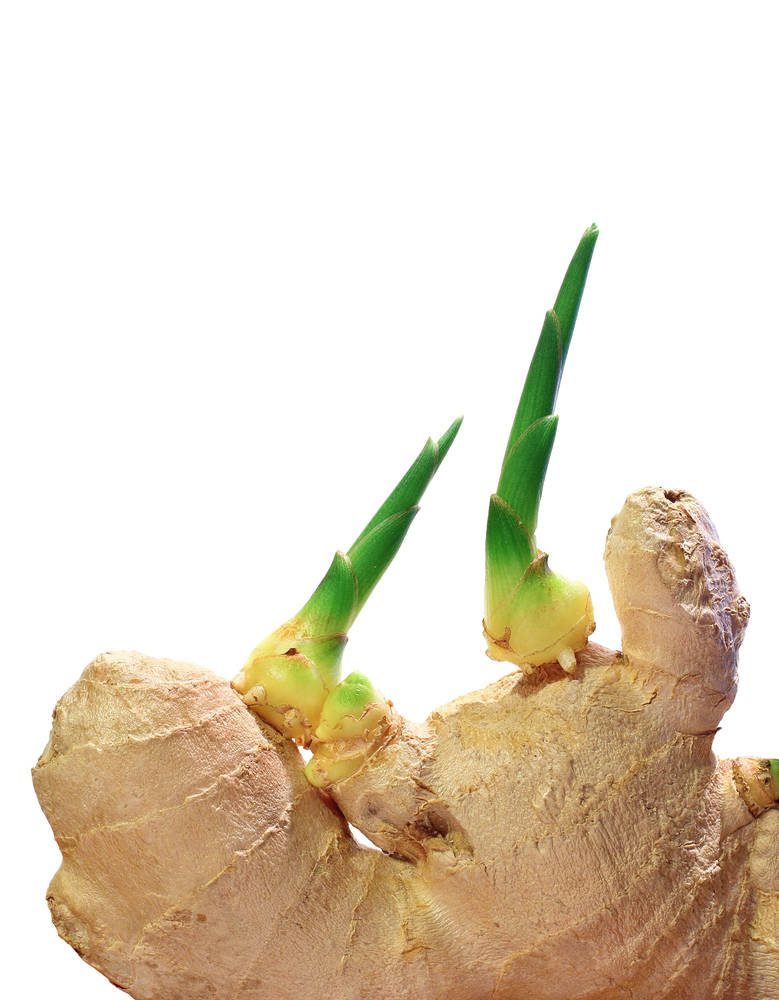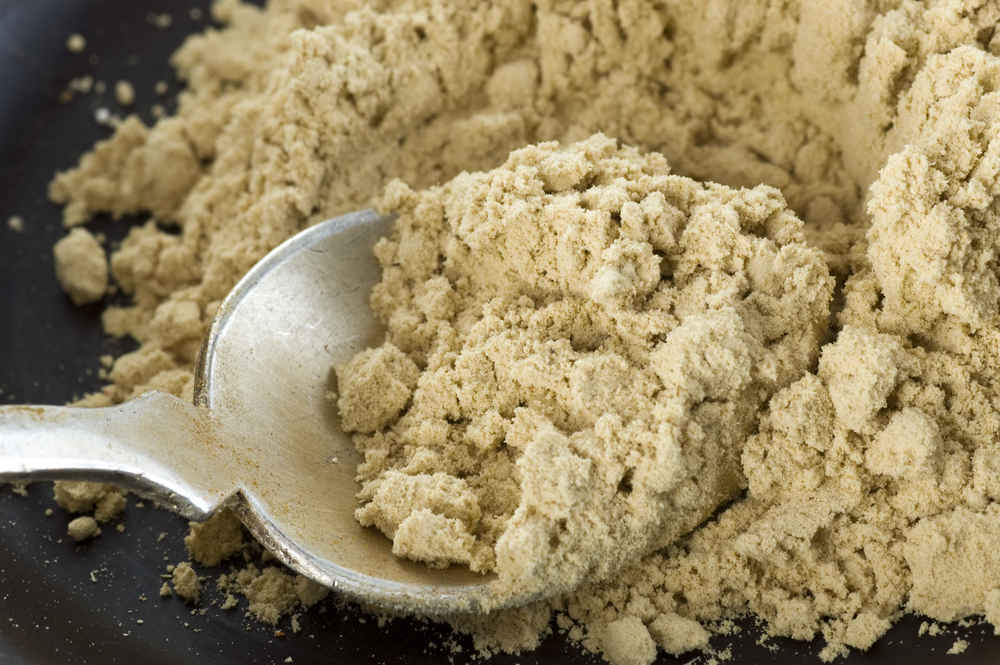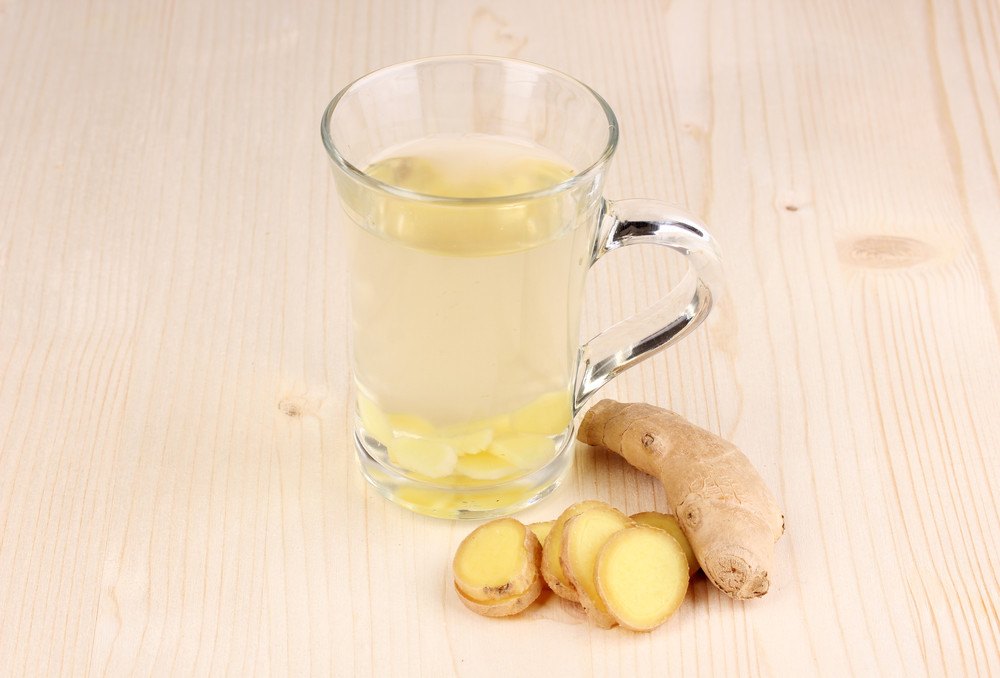
Migraines are more than just headaches; they are complex neurological events that can cause various symptoms, including severe throbbing pain, nausea, vomiting, and sensitivity to light and sound. For those who suffer from migraines, finding effective relief is a top priority. While prescription medications can be effective, many people turn to natural remedies, like ginger root, to alleviate their symptoms. But is ginger root genuinely effective for migraines? Let’s delve into the evidence, explore how ginger can be used, and consider its benefits and limitations.
Table of Contents
Understanding Migraines and Their Impact
Migraines affect a significant portion of the population, with millions of people worldwide experiencing these debilitating headaches. The exact cause of migraines is still not entirely understood, but they are believed to involve changes in brain activity and the surrounding nerves and blood vessels. Migraines can be triggered by a variety of factors, including stress, hormonal changes, certain foods and drinks, and weather changes.
Ginger Root: An Ancient Remedy with Modern Applications
Ginger, scientifically known as Zingiber officinale, has been used for thousands of years in traditional medicine to treat a variety of ailments, including nausea, digestive problems, and inflammation. In recent years, research has begun to explore the potential benefits of ginger for migraine relief.
How Does Ginger Help with Migraines?
How many natural remedies have you heard of containing ginger root?
No doubt, you know that it can relieve nausea.
Additionally…
…it’s an ingredient in many detox recipes.
As it turns out, one of ginger root’s secrets is that it can reduce pain.
Ginger contains several active compounds, including gingerols and shogaols, which have anti-inflammatory and pain-relieving properties. These compounds can help reduce the inflammation and pain associated with migraines. Additionally, ginger can help alleviate nausea and vomiting, which are common symptoms of migraines.
What Does the Research Say?
Several studies have investigated the effectiveness of ginger in treating migraines. One study published in Phytotherapy Research found that ginger powder was as effective as sumatriptan, a common migraine medication, in reducing migraine symptoms. Participants in the study experienced similar levels of pain relief and fewer side effects when using ginger.
Another study, published in the Journal of Ethnopharmacology, examined the effects of ginger extract on migraine symptoms and found that participants who took ginger experienced a significant reduction in pain severity and duration.
How to Use Ginger for Migraines
If you’re interested in trying ginger for migraines, there are several ways you can incorporate it into your routine:
- Ginger Tea: Brew fresh ginger root or use ginger tea bags for a soothing, migraine-relieving drink.
- Ginger Supplements: Available in capsules or tablets, ginger supplements can provide a concentrated dose of the active compounds.
- Dietary Integration: Incorporate fresh or powdered ginger into your meals and snacks for ongoing benefits.

Potential Side Effects and Considerations
While ginger is generally safe for most people, it can interact with certain medications and may not be suitable for individuals with specific health conditions. It’s important to talk with your healthcare provider before adding ginger to your migraine treatment plan.
References and Further Reading
For those interested in further information, consult the following resources:
- Phytotherapy Research: An article detailing the study comparing ginger to sumatriptan.
- Journal of Ethnopharmacology: Access the study on ginger extract’s impact on migraine symptoms.
- Migraine Research Foundation: A comprehensive resource for understanding migraines and their treatments.
- National Center for Complementary and Integrative Health: Information on various natural and alternative treatments for migraines.
By incorporating ginger into your migraine management plan, you may find a natural and effective way to reduce your symptoms and improve your quality of life. Remember, it’s crucial to consult with your healthcare provider before trying any new treatment, especially if you are taking other medications or have underlying health conditions.

But if you ask me, that’s not much of an answer.
After all, we don’t know exactly what the family history triggers in terms of an underlying cause.
Potentially, migraines are just a symptom of what that genetic predisposition really impacts.
However, researchers and doctors have some ideas.
The cause of migraines could be a vascular problem in the brain.
It could also potentially be a central nervous system problem or chemical imbalance, such as a drop in serotonin.
In the end, perhaps no one knows better than the person suffering from migraines.
People with personal experience in dealing with the pain have noted some factors that can trigger migraines, such as:
Not eating enough or skipping meals
Eating salty or processed foods
Alcohol consumption
Medications
Weather
Stress
Hormonal imbalances and changes
So for some, what we ingest definitely tips the scales toward a migraine.
And on that note, we’ll have a look at the world’s oldest natural medicine – ginger root.
The History of Ginger Root
You know that really fancy supplement or ridiculously high-priced medication we know of today?
5,000 years ago, that was ginger root.
Bold statement? Definitely.
But stay with me…
Originating in Asia, ginger root was a bit of a hot commodity.
So much so that it spread relatively quickly to other civilized parts of the world.
Indeed, the spice trade made ginger a superstar once its medicinal properties became known.
The fall of Rome made ginger more expensive and rare. When the root did pick up again, it didn’t get any cheaper.
In fact, by the 1300s, ginger cost as much as livestock.
Why was ginger so desirable?
I’ve explained here about the basics of ginger before, but here’s the recap.
Ginger is a rhizome that is full of exclusive plant compounds.

There may be over 200 components within ginger that make it so great, but we’ve identified over 100 so far.
More than 30 of these are gingerols or some variation on gingerols.
Some of the compounds may be very easily and rapidly absorbed by the body.
From India to Africa, it seems like many of our ancestors were aware of this.
Ginger was used to:
And as a spice, it’s always been popular in cuisine. These days, we not only eat it, but study it to see just how medicinal it truly is.
Today, we have some evidence that ginger is a really effective antioxidant.
It’s also an anti-inflammatory that does ease nausea and stomach upset.
It may even help fight cancer.
How many people do you know who swear by ginger? I notice that everyone gets something different from it.
Of course, most rely on it solely for the anti-nausea benefits, but I love it for muscle pain.
Those spicy active compounds, by my estimation, really do stimulate circulation.

Many others use it to detox, to relieve constipation, or just in a hot brew to relax.
Yes, just like migraine symptoms, the exact effects of ginger vary from person to person.
So what do we have in the way of evidence that it can help with migraines?
Ginger Root Migraines Nutrition Secrets
Logically, we can already say that ginger is good for migraine symptoms.
Its prevalence as an anti-nausea aid is well-known by almost everyone. Sometimes, that may be enough to get a migraine sufferer back on their feet.
Yet some report relief from multiple migraine symptoms thanks to ginger root.
But first…
…let’s rewind and decide how to measure these alleged positive effects best.
Some sufferers find that adjustments in nutrition, as well as avoiding caffeine and alcohol, reduce their migraines.
For everyone else, medication is an obvious solution.
One such migraine drug available is known as sumatriptan succinate.
It’s often sold under the brand name Imitrex.
Like most migraine remedies, it’s best to take it the moment you feel one coming on.
Sumatriptan works to alleviate multiple symptoms, not just pain. It does so by constricting the blood vessels in the brain stem.
Watch this short video for more details about Sumatriptan vs Ginger Root.
Additionally, it blocks or reduces triggers that typically cause the symptoms.
Because it can take a few hours to work, it’s available in a variety of forms.
This includes injectables by syringes, which can cost over a hundred dollars.
On average, a pill containing the highest dose will run around 20 bucks – for one dose.
It is effective for many.
Up to 64% can alleviate their symptoms with sumatriptan in two hours.
Up to 30% find that their pain disappears entirely in the same amount of time.
However…
…as is familiar with medications, there are side effects to consider.
The following are common or almost common with sumatriptan:
And many more with varying reports.
On the other hand, ginger presents few side effects in a reasonable dose.
“Reasonable” means a spoonful or so.

The thing is, ginger is spicy and isn’t easily consumable in high doses.
Generally, people just don’t have to worry about eating too much.
However, high amounts aren’t recommended in those with heart conditions, people on blood thinners, or pregnant women.
You should talk to your doctor if you have these conditions.
If you take ginger on a totally empty stomach, you might experience a little upset.
It also isn’t synthetic, like medications.
Perhaps most appealingly, ginger root is a natural whole food that provides good nutrition in the form of antioxidant compounds.
And it’s just as effective as sumatriptan at relieving migraines.
Yes, that’s correct.
How is this all possible? Here’s a clue:
Double-blind, randomized, and controlled clinical trials do confirm that ginger root is just as good as the prescription treatment.
Only ginger presents fewer side effects and is a whole lot cheaper.
How is this all possible? Here’s a clue:
In my book, the most exciting part is the dosage.
For this study, it only took roughly 1/8 of a teaspoon of ginger to get the benefits of the prescription.
Think this is crazy?
Of course, everyone’s results may vary.
But for now, I’m confident that ginger is an effective alternative everyone with migraines or cluster headaches can try.
How to Use Ginger Root Migraines Nutrition Secrets
You must take ginger to reduce migraines as soon as you sense one coming on.
Fortunately, I have some migraine-friendly ways to use ginger that can be whipped up before all is lost.
No More Migraines Smoothie

Blend up a simple green smoothie and drink it immediately for shorter, less painful migraines.
To make it, you’ll need the following:
Pulse it all until broken down, and then blend until smooth and green.
Simple Ginger Infusion
It doesn’t get easier – or more effective – than making a short ginger infusion.
You can make this brew ahead of time and keep it in the fridge for an immediate remedy.
It’ll last for a few days and tastes great even when you don’t have a headache.
To make it, cut off a ½ to ¾ inch piece of fresh ginger, and chop roughly.
Over medium-high heat, begin to boil a few cups of water.
Once it’s boiling, drop the ginger and allow it to boil for 5-10 minutes.
Remove from heat, and let the ginger steep in the water for 15 minutes.
Pour the infusion into a jar, straining out the solid ginger pieces.

For taste, you can add a little maple syrup or lemon.
Looking for something more convenient?
I think working with fresh ginger is the way to go.
However, if you’re always on the move, look into getting a bottle of ginger juice or ginger syrup to keep around.
Other Ways to Use
Ginger doesn’t have to be eaten, although it may be more effective that way. Still, you can augment your internal usage with ginger topical formula.
Make a ginger compress to apply to your forehead as you work to eliminate migraines.
For this…
…you don’t even need fresh ginger, the powder – click for the price will do just fine.
Add a few drops of water to a spoonful of ginger powder and mix until it becomes a paste.
Now lie down, and spread the paste across your forehead. You may feel a warming sensation – that’s good. It should take effect in 5-10 minutes.

And whether or not you drink that infusion, you should inhale the steam. Cover your head with a towel as fresh ginger boils gently and breathe in the vapor.
Ensure the heat doesn’t exceed medium to medium-high so that you can live for several minutes.
Always keep your face several inches at least from the hot water. This is also great for refreshing the skin and resolving sinus issues.
Final Word on: Why Is Ginger Root Good for Migraines?
Best Nutrition SecretsWhy Is Ginger Root Good for Migraines? Best Nutrition Secrets
If you need proof that life just isn’t fair, ask a migraine sufferer.
Migraines are debilitating conditions that causes intense pain and discomfort.
Millions upon millions deal with them more days than anyone should.
In spite of that, there isn’t much in the way of innovative research or answers.
The best we can guess is that your propensity for migraines is genetic.
Fortunately, there is just enough recorded history and research to suggest that ginger root can help cure migraines.
Best of all, it can do so at a fraction of the price of medications, with fewer side effects.
I want to hear more from others on this topic.
Do you think better nutrition can help alleviate migraines?
What cures do you know of?
Be sure to share your thoughts below, and I’ll check back with you soon.
Conclusion: Is Ginger Root for Migraines a Viable Option?
The evidence suggests that ginger can be an effective, natural option for managing migraine symptoms, particularly for those looking for alternatives to traditional medications. However, it’s essential to approach this remedy as part of a comprehensive migraine management strategy, which should also include lifestyle modifications, stress management, and other treatments as recommended by your healthcare provider.
As we continue to explore and validate the benefits of natural remedies like ginger, it’s clear that they can play a valuable role in our overall health and well-being. Whether you’re a long-time migraine sufferer or just starting to explore natural remedies, ginger root may offer the relief you’ve been searching for.


